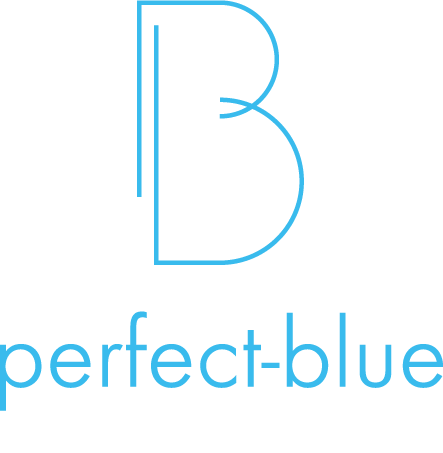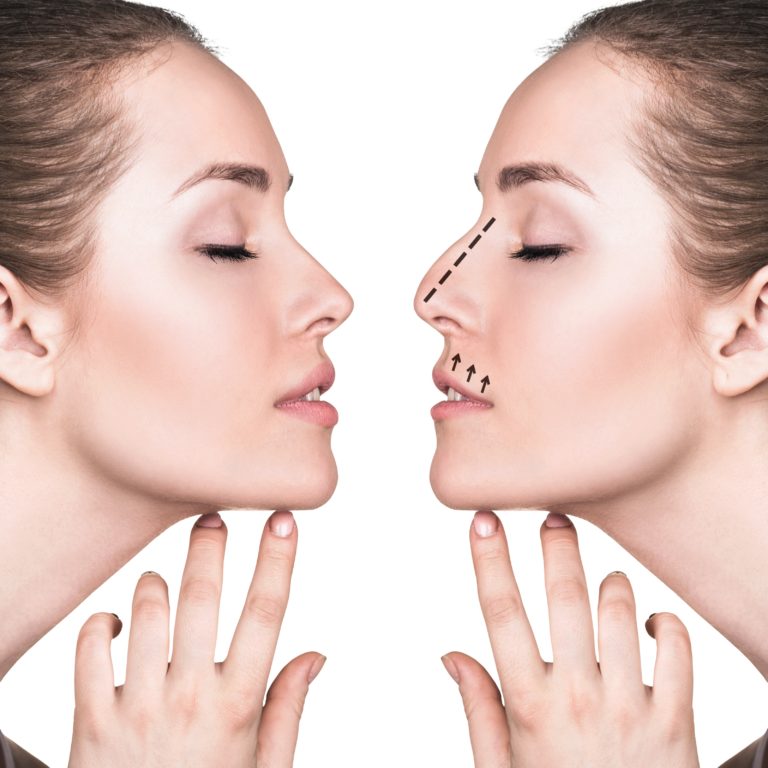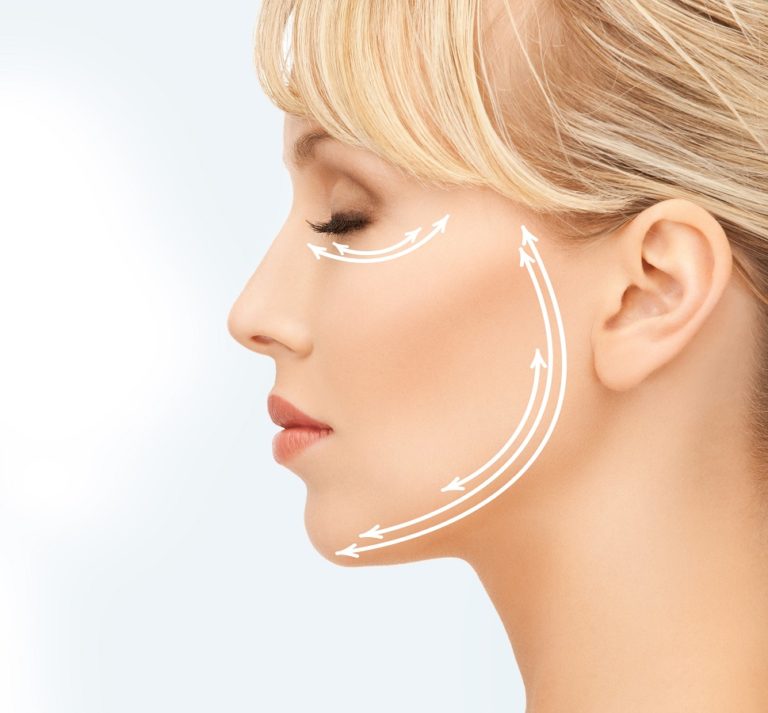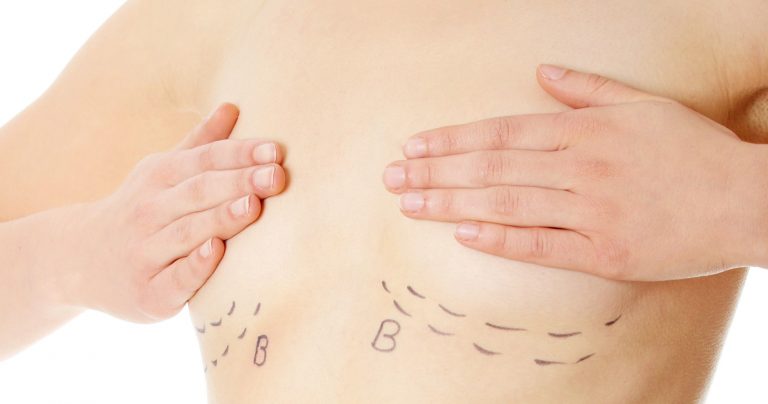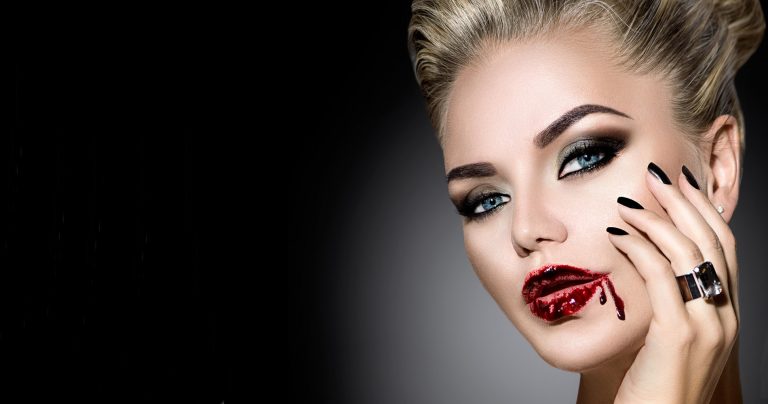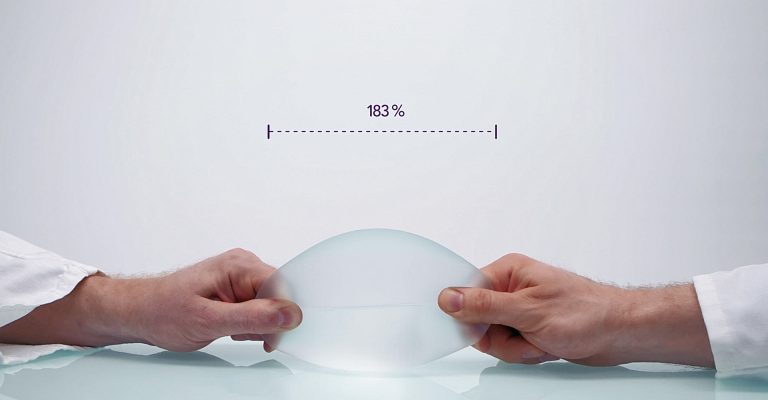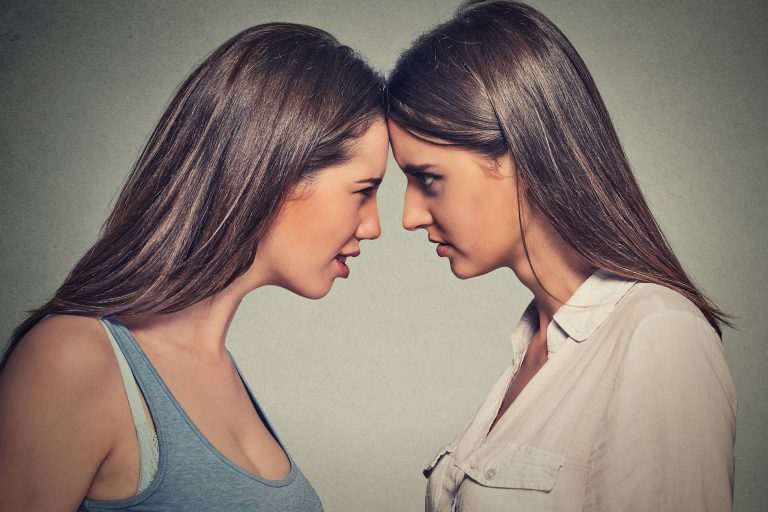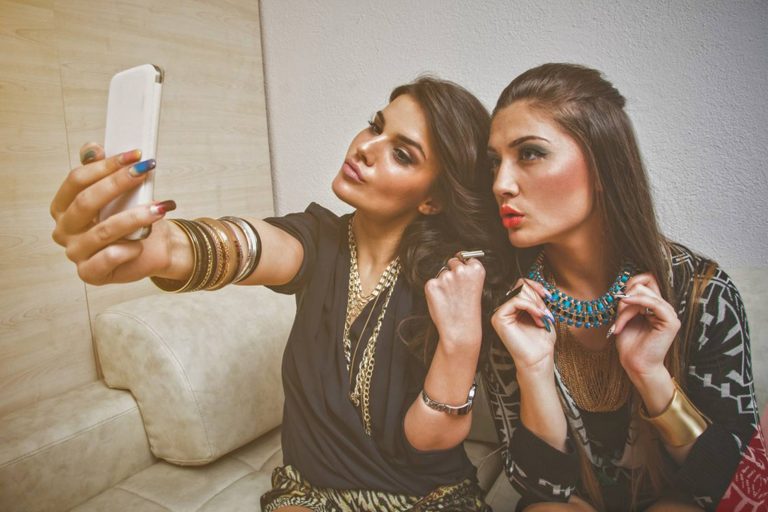Perfect-Blue • 06 Ιούλ 2018
Is that really You in the Mirror?
As obvious as it may sound, it still remains intriguing that when people think they see themselves, they are always seeing themselves reflected backwards. However, the backward images and person we see in a mirror is profoundly different from what is real. The backwardness distorts not just our features, but the information in our faces and personalities as well. It is therefore no wonder we see ourselves differently than others see us or how we look in photos. Recently, with cameras and video, we can get a sense of what we look like forwards, but it is a static or non-eye to eye view.
Part of the problem is because our faces are asymmetrical. The left and right side of your face may not seem that different but duplicating each side of a face can create strikingly different versions of the same person. This technique is in fact sometimes used by plastic surgeons to emphasise any pre-operative facial asymmetries present, in order to help managing expectations about the outcome of a procedure.
According to the mere-exposure hypothesis, people prefer what they see and encounter most often. In terms of self-perception, this means that people prefer their mirror images to their true images, which are what other people see. Experiments conducted at the University of Wisconsin, Madison in 1977 support this idea: When presented with photos of their true image and their mirror image, participants preferred their mirror image while friends and romantic partners preferred their true image.
First patented in 1887, the idea of a true image mirror is simple; hold two mirrors at exactly 90 degrees and look into the angle. Such mirrors, like the True Mirror®, present a non-distorted, seamless image – critical for seeing ourselves as we really are.

